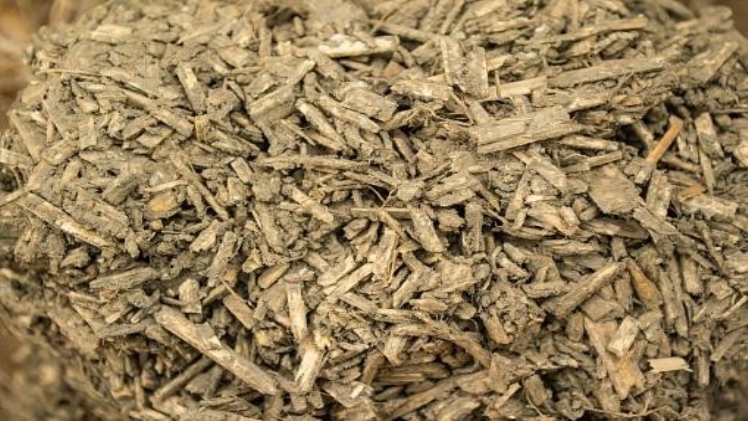Hemp plants do not produce massive colas in the same way as cannabis plants do, but they can produce buds that may be utilized for various applications. The medicinal benefits of Green Roads CBD are the primary reason why people choose hemp as a source of CBD. CBD, a psychoactive ingredient found in marijuana, has also been detected in significant concentrations in a few industrial hemp varieties. The advantage of hemp is that it is lawful in many jurisdictions that do not allow cannabis in their jurisdiction.
Ways to Use the Hemp Plant
Hemp seeds are high in Omega 3 and 6 fatty acids, making them a healthy snack. The small seeds are loaded with nutrients and protein. Hemp plants are very useful and adaptable. Here are some of the main hemp applications.
1. Fiber
The hemp vs cotton dispute has lasted decades. The fibrous stalks of hemp were used to manufacture clothing before cotton became popular. This makes it ideal for weaving. The usage of hemp fiber in textiles and clothes is one of its greatest claims to fame.
Cotton took over once hemp was banned. Now that more people are aware of its environmental advantages, some people are opting for hemp apparel.
2. Plastic
According to some experts, hemp plastic is reliable enough to substitute oil-based polymers contaminated with harmful chemicals. Hemp plastic falls under the bioplastics group, and it has a lot of promise in the battle against plastic consumption. It is completely biodegradable, which means that it may be thrown away in a compost pile without causing any harm to the environment.

3. Nutrition and Food
Hemp oil and hemp seeds are both pleasant and nutrient-dense foods. Hemp seeds are high in dietary fiber, protein, and minerals, making them an excellent source of nutrition. Essential amino acids and fatty acids may be found in hemp, one of the plant sources. Your skin, behaviour, metabolism, emotions, heart, and brain are all affected by the critical elements in your diet.
Fish and fish oil supplements are popular ways to get your daily dose of vital fatty acids. Many individuals have switched to hemp-based items because of worries about seafood’s chemical pollution. In particular, this is true if you’re a vegetarian and are seeking a healthier option.
4. Biofuel
Hemp’s potential to make biofuels like bioethanol and biodiesel is now the subject of much debate. Plant-based fuels are referred to as biofuels. Biofuel generated from the hemp plant’s fibrous stalks is called cellulosic ethanol, or hemp fuel.
There is no doubt that biofuels are more environmentally friendly than conventional fuels. Since the raw materials for biofuels can be constantly cultivated and harvested at a sustainable pace, this is the case. Hemp is primarily regarded as the most cost-effective and ecologically friendly fuel crop available.
5. Construction Material

The hemp plant generates a material that may be used in building. You can’t build a home out of hemp, but you can make hempcrete.
The composition is usually a blend of pulpy hemp wood and a lime-based binder. As a consequence, the construction material is stronger and more concrete-like. It weighs 1/8th and is 20% stronger than concrete.
Hempcrete used as structural support enhances a solid wall by four to five times. It’s also carbon-negative and mould-resistant. It is a good insulator. Hempcrete is less fragile and does not need expansion joints. It can survive extreme weather conditions. So it’s less harmful. It is a long-lasting building material.
Conclusion
An all-natural plant with as many applications and advantages as this one is hard to imagine. Wearing and eating hemp is only the beginning; it can also be used to make hair, skin, and nail products, to make cement, paint your house, and many other things. As a safe substitute for wood, it may help minimize deforestation. For industrial purposes, the plant has become a necessity. As a result, the hemp plant has a wide range of uses.

